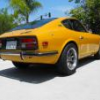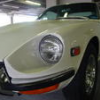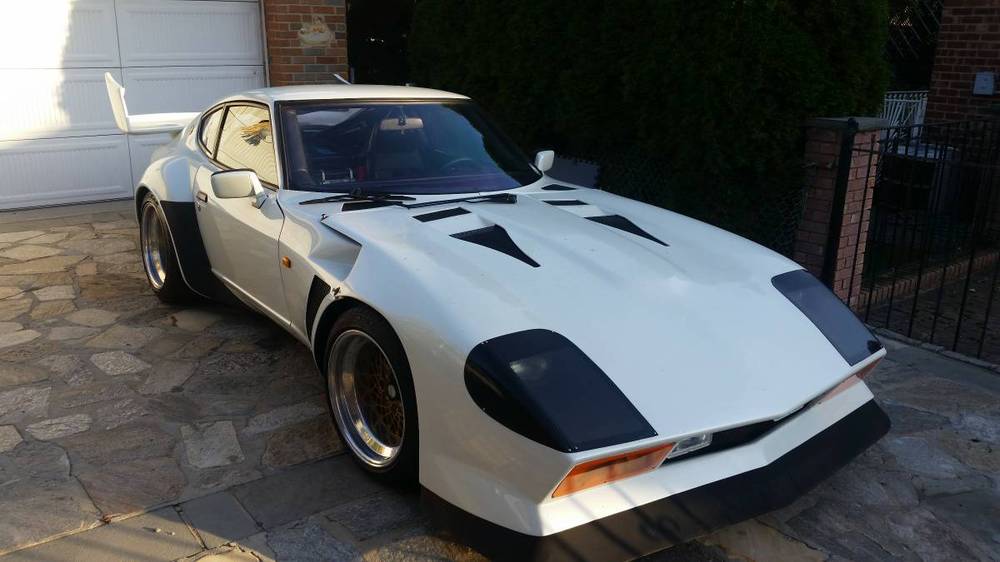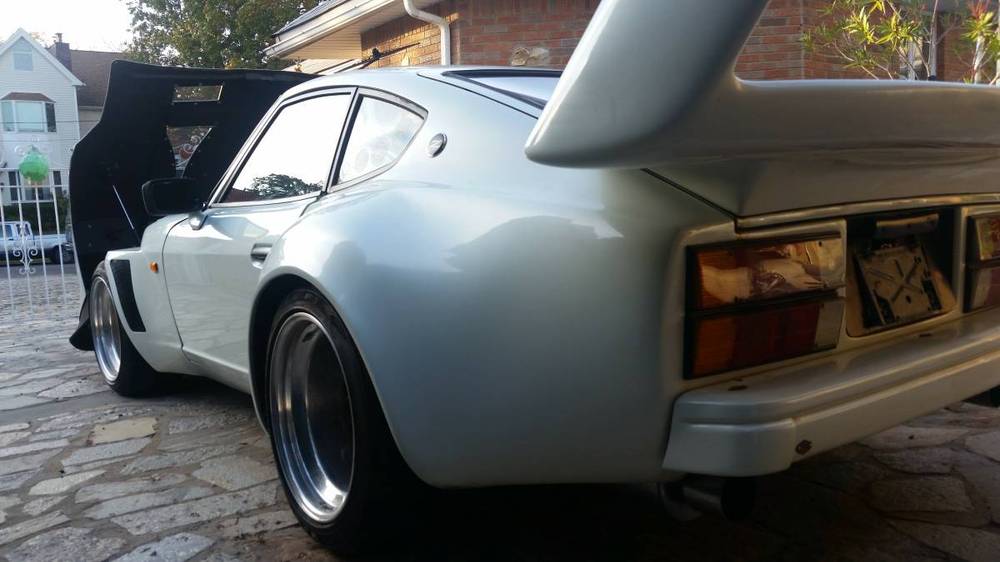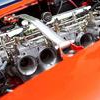More to the point, it would have been nice to see it mentioned in the context of your original thread, especially as you coloured it as some kind of L24 vs S20 battle. There was an S20-powered sedan, punching well above its weight, but you didn't even tip your hat to it. You didn't mention the fact that the winning car had been outqualified by four other cars including that GT-R, all of them S20-powered, and hadn't taken the fastest race lap either. Why not?
Hasemi's loyalty was firmly in the Murayama camp. At that time he was a Skyline man. He was right in that the 432-R body wasn't stiff enough on its own (it was supposed to have a full multi-point cage...) but ALL the cars we are talking about were 'baggy'. The HS30/HLS30 certainly wasn't hugely better than the PS30/PS30-SB in that respect. Hasemi was talking in retrospect about the engines of course. The LR24 engine wasn't eligible for the race categories that the S20 (both in GT-R and 432/432-R guises) was designed to take part in. The Japanese market wasn't due to get the L24-engined HS30 models until late 1971, so there was no imperative to push the HS30 through domestic race development. Meanwhile, Nissan was gearing up to take part in a selected international rallying program with what amounted to 432-R bodied cars running LR24 engines (they were already testing them, and had one running on the roads around Monte Carlo in January 1970...) except they were running HS30 and HLS30 chassis prefixes (that being what was eligible to race, and what Nissan was selling...), so it's not like Nissan had their own internal conflict about what was 'best' (they had more than one horse for each course...).
Some of the shade being thrown at the S20 engine (here and in other threads) in favour of the L24 doesn't seem to take into account that there was very little stock about the race and rally LR24s. I see weight being mentioned, but a full-house LR24 in race guise isn't going to be much different in total weight than a full house S20 in race guise, and the weight distribution of the LR24 is quite different too (much taller, and with a lot of weight biased to one side of the chassis with induction and exhaust both being on the left side).
This particular event was hardly apples-to-apples though. In fact, the Oppama team got what they were pushing for and it was something more of a political demonstration based on practicality than anything else. The intra-company wrangling was coming to a head and the way forward was clear. Painting it as some kind of simplistic 'S20=complex rubbish, L24=simple and superior' equation (yes I'm looking at you Grannyknot) is to ignore all those politics and the even more complex battle of wills that was going on behind the scenes. Even JAF were involved, changing the race classes and eligibility rules to suit what was coming.
You bet there's more to this than looking at one race will at first reveal. Yes there were crashes, mechanical failures, punctures, the whole gamut. 1000km races are always going to have their fair share of drama and Force Majeure. However your description is overly harsh considering the big difference between qualifying and what happened in the race. Painting this as complete domination by one car is way wide of the mark considering that the win for the LR24-engined car was the politically expedient - and somewhat telegraphed - result on the cards. Like I say, politics...
About the swept volume/capacity thing: A 5% increase in homologated capacity was legal for GT-II, so the LR24 engine was running bigger than its stock configuration. Race organisers (and JAF...) were not necessarily party to the exact capacity unless the engine was protested or suspected way oversize, so the capacity was usually recorded as stock.
 Subscriber
Subscriber 2Points11,138Posts
2Points11,138Posts








